In an increasingly complex and demanding telecommunications environment, operators need solutions that are not only robust and scalable but also flexible and adaptable to the constant evolution of technology. At Summa Networks, we understand this need and have developed our solutions around a "Multi Vendor Core Mobile" approach
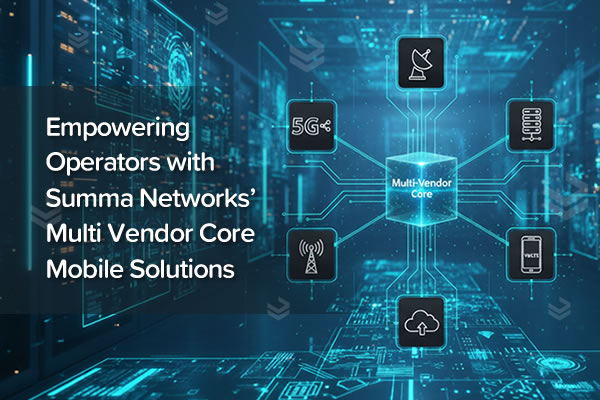
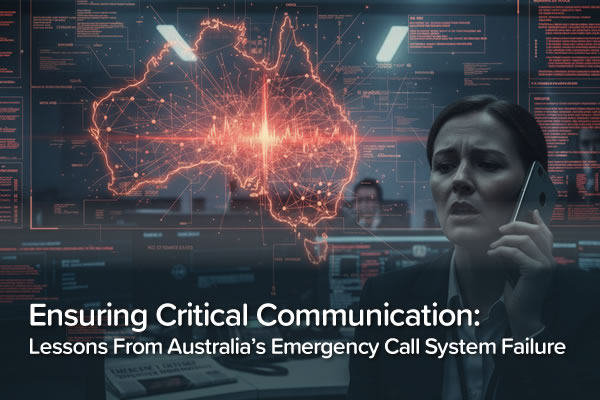
Australia’s emergency call outage shows why telecom resilience and accountability are vital. Discover the key lessons for reliable critical infrastructure.

The telecom industry is on the verge of its next big leap. While 5G has already reshaped connectivity, the arrival of 5G Advanced, driven by 3GPP Release 18 and beyond, will accelerate this transformation even further. It is not just an incremental update — it is the bridge between today’s 5G deployments and the networks of the future, paving the way for a more intelligent, flexible, and sustainable telecom ecosystem.
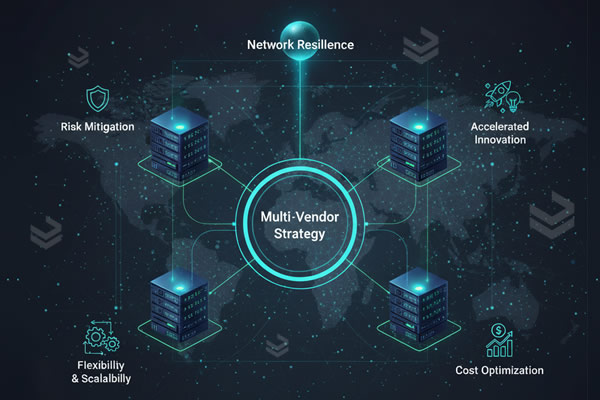
In today’s rapidly evolving telecommunications landscape, adopting a multi-vendor strategy has become a foundational pillar for operators and service providers aiming to enhance network resilience, optimize costs, and accelerate innovation.
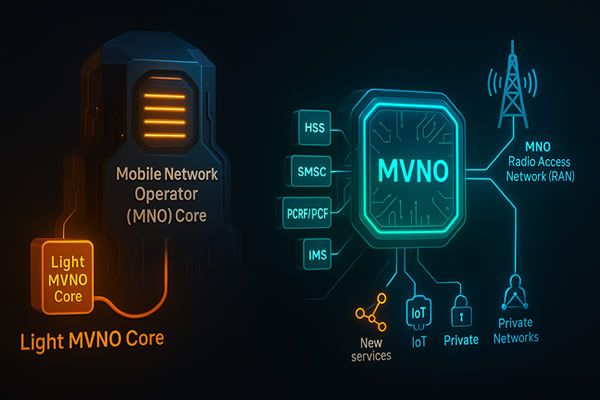
Becoming a Full Mobile Virtual Network Operator (Full MVNO) is a strategic move that gives telecom providers independence, control, and the ability to innovate at their own pace. Unlike light MVNOs, which rely heavily on the host operator’s core network, a Full MVNO operates key mobile core components — such as HLR/HSS, PCRF/PCF, SMSC, and billing systems — while leasing only the radio access from a Mobile Network Operator (MNO).
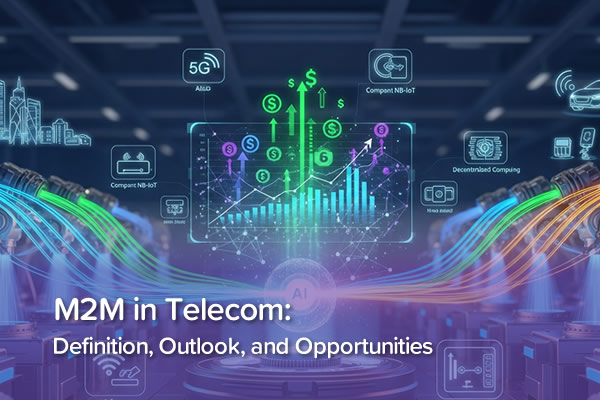
Machine-to-Machine (M2M) communication refers to the automatic exchange of data between devices without human intervention, typically over telecom networks. It underpins many Internet of Things (IoT) applications, enabling devices like smart meters, industrial sensors, fleet trackers, and connected vehicles to share information in real time.

